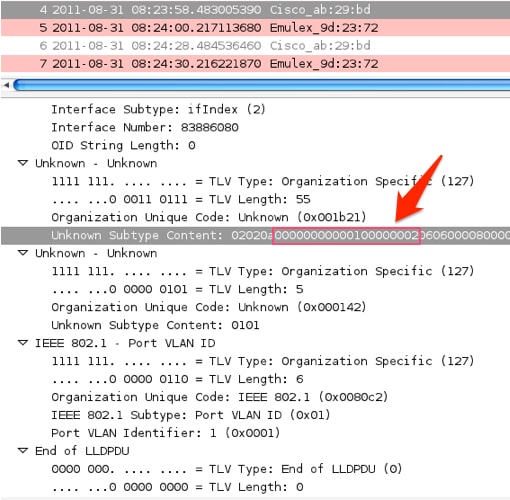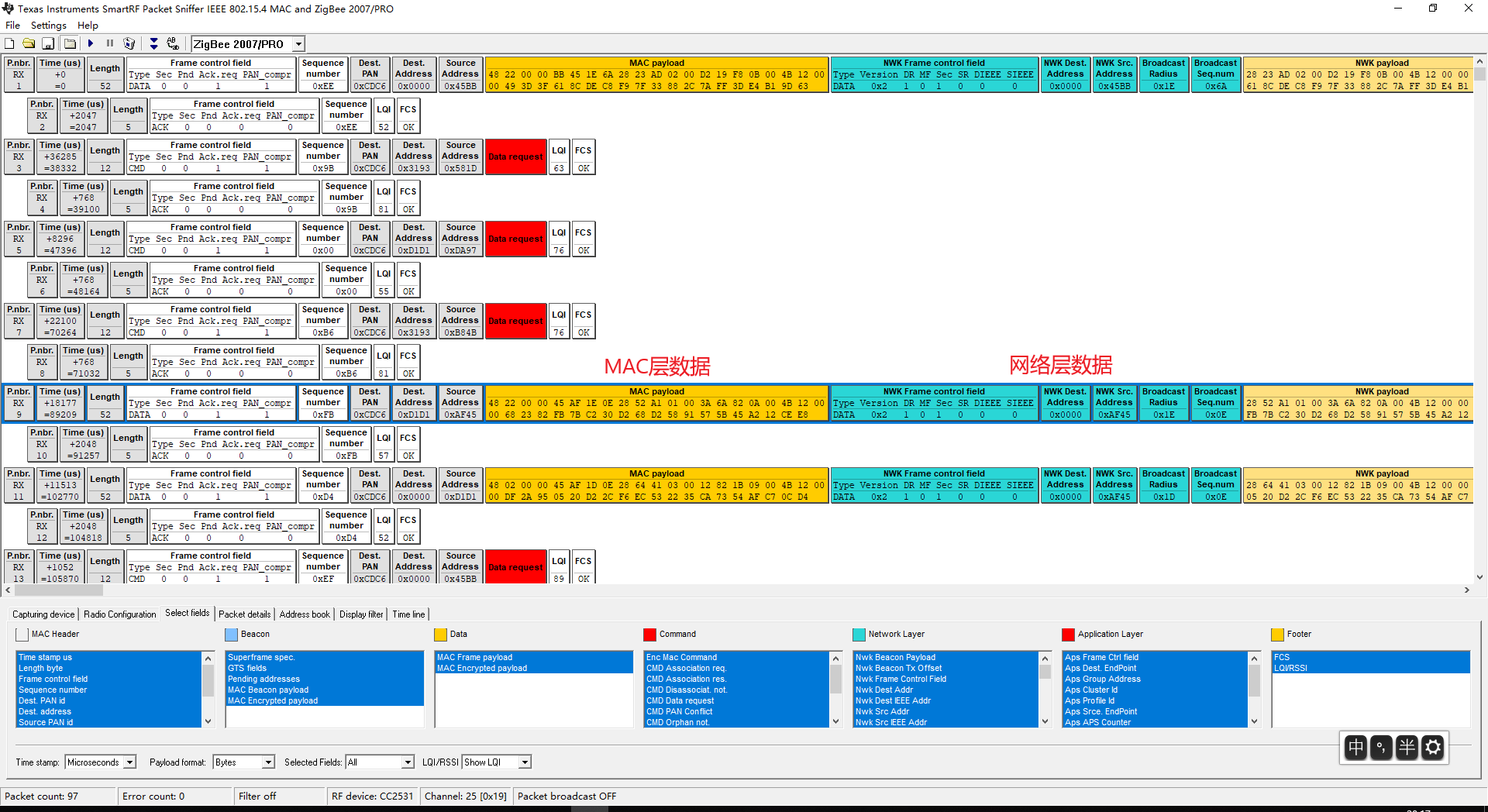

The WhSniff project’s page can be used in an alternative way. WHISKEY -c ZIGBEE_CHOWNEL_NUMBER | Wireshark -k -i Debian to begin with wireshark. To extract the firmware, we must first extract the hex file from the Windows installation guide.

This feature is included with ZBOSSopen in the new window (rather than the PACKET-SNIFFER option in Windows). It must be flashed with a sniffer firmware in order to use the CC2531. Once the Zigbee device has been identified, a software tool like Wireshark can be used to capture and analyze the packets being transmitted. This can be done using a hardware tool like an oscilloscope or logic analyzer. In order to sniff Zigbee packets, the first step is to identify the Zigbee device that is transmitting the packets. It can be used to capture and analyze packets from a variety of protocols including Zigbee. Wireshark is a free and open source network protocol analyzer. A software tool that can be used to sniff Zigbee packets is Wireshark. Logic analyzers can be used to capture and analyze the digital data being transmitted on a bus. Another hardware tool that can be used to sniff Zigbee packets is a logic analyzer. Oscilloscopes can be used to visualize the waveforms of digital signals and can be used to troubleshoot electronic circuits. A hardware tool that can be used to sniff Zigbee packets is an oscilloscope. Zigbee packets can be sniffed using a variety of hardware and software tools. It is based on an IEEE 802.15 standard and can be used for a variety of applications including home automation, medical device monitoring, and industrial control. Using PyUSB with the excellent Pymissle project by Scott Weston as an example, I quickly put together a tool that can set the channel number and capture frames from the Zena device, dumping the hex bytes to stdout.Zigbee is a communication protocol used in low-power personal area networks (PANs). With this information, it was straightforward to identify the USB endpoint 0x01 as the control channel (for setting the channel) and USB endpoint 0x81 as the data endpoint (for delivering frames). Using the SnoopyPro USB sniffer, I was able to look at the USB packets, observing data from frames shown by the sniffer, as well as recording the configuration activity based on the channel I specified to capture on. Plugging into a Linux box, it was clear that the device was using the USB HID, which was good news for me since it would be simpler to reverse the configuration details.

With no Linux support, I decided to write my own user space Linux driver to capture packets with the goal of integrating it into libpcap captures and other tools including Kismet Newcore.


 0 kommentar(er)
0 kommentar(er)
